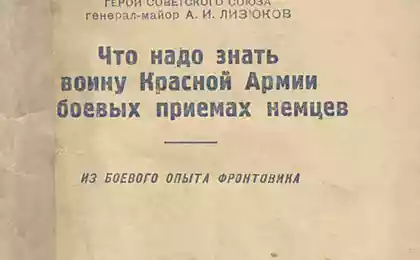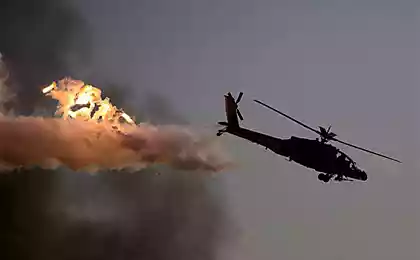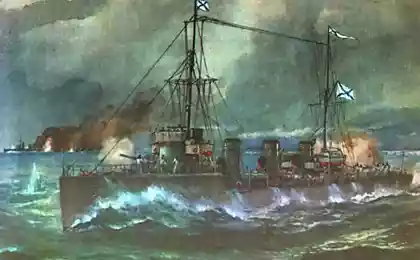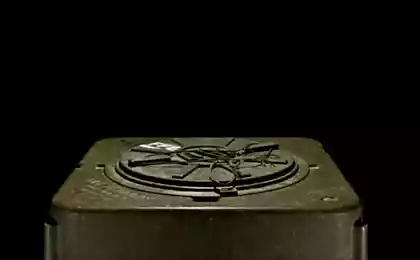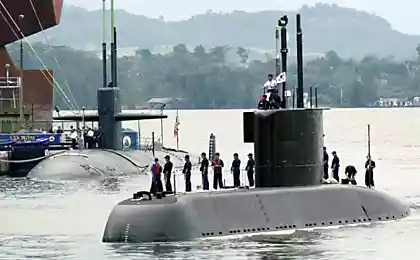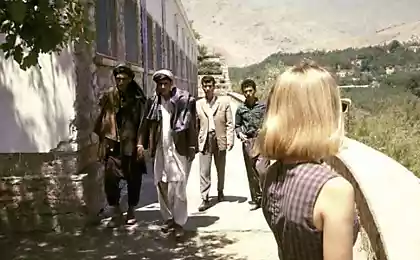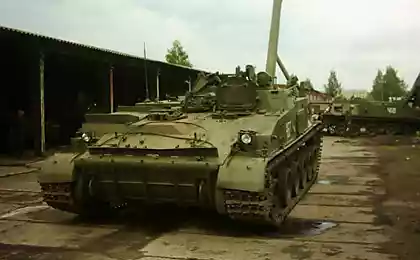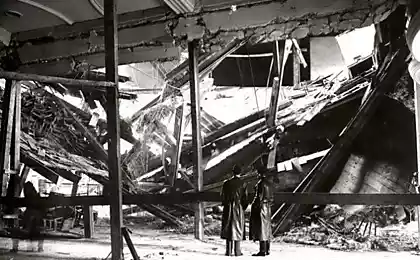1809
Afghan Mines
All mines are presented in this post, it has been found in Afghanistan, which the United Nations has included the three most "minoopasnyh" countries in the world. Mines - indiscriminate weapons, which remains deadly for ordinary citizens, even after the end of conflict or war. This greatly hinders the peasants to work on land that is important for the survival of their communities. Among the post in the mines - anti, bounding, mines, directional, high-explosive bombs and anti-personnel mines, but they are produced in various countries - from the United States and Iran, to Russia, China and Italy. It is believed that the first mine was used in 1277 BC Chinese Song Dynasty warriors in the war against the Mongols.
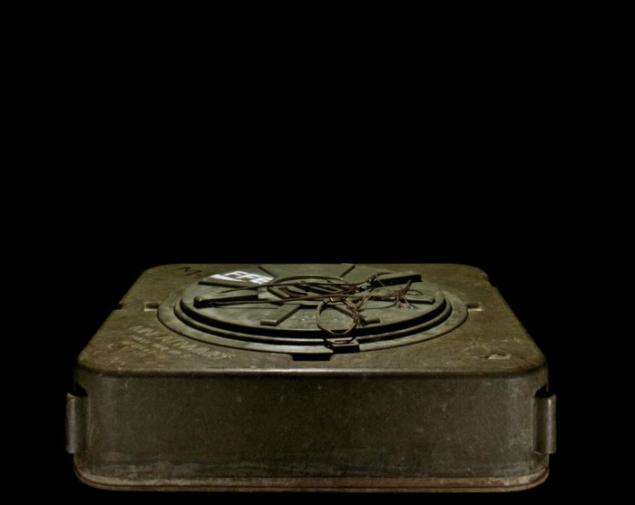
Anti-tank mine M19
Developer Country: United States
Apply in: Afghanistan, Angola, Chad, Chile, Cyprus, Iran, Iraq, Jordan, South Korea, Lebanon, Western Sahara, Zambia
Weight: 12 kg 56
Explosive: 9, 5 kg
Length: 332 mm
Width: 332 mm
Height: 94 mm.
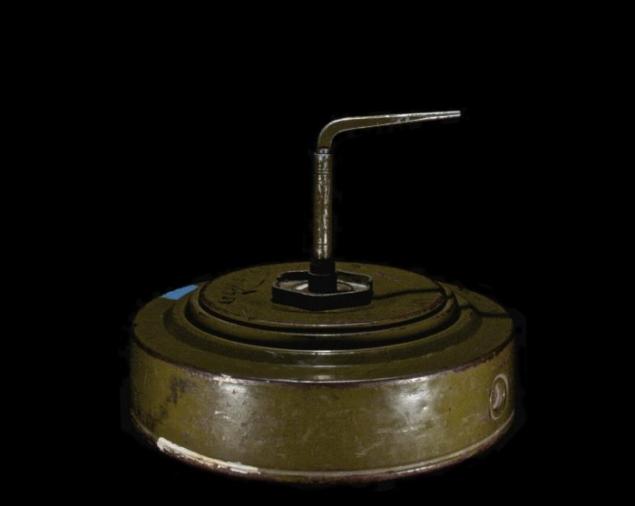
Anti-tank mine TM-46
Developer Country: USSR
Used in: Africa, the Middle East and Southeast Asia
Weight: 8, 6 kg
Explosive: 5, 7 kg
Diameter: 305 mm
Height: 108 mm
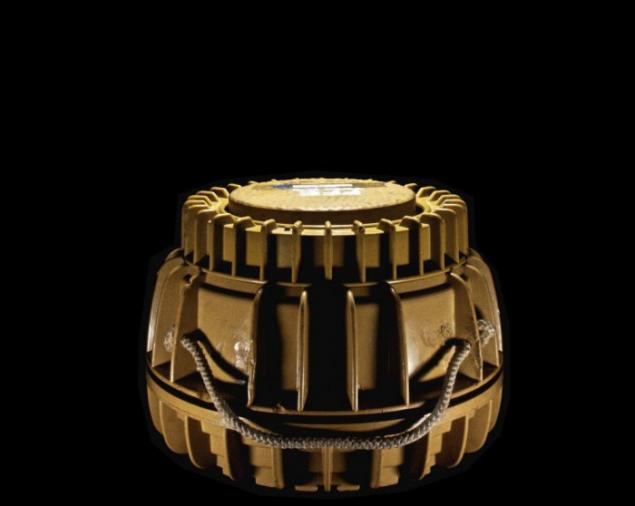
Anti-tank mine TC / 6 with a minimum of metal
Developer Country: Italy
It applies in: Afghanistan, Chad, Ecuador, Lebanon, Tajikistan
Weight: 9, 6 kg
Explosives: 6 kg
Diameter: 270 mm
Height: 185 mm
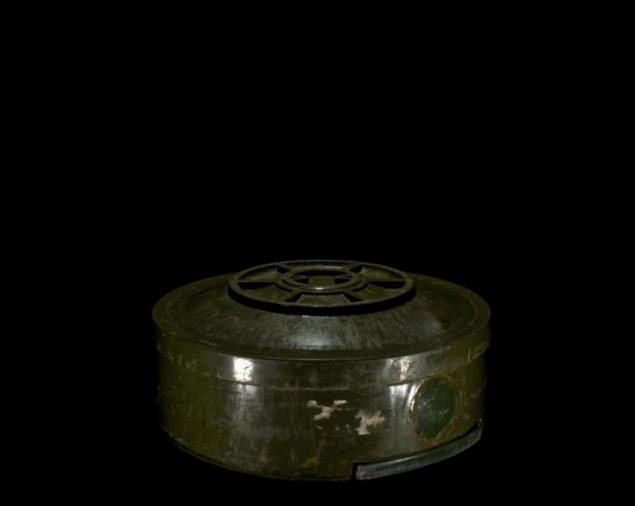
Non-metallic anti-personnel mine YM-III. The body is completely non-metallic mines, metal components are present only in the fuse
Developer Country: Iran (a copy of the Chinese Type 72 mines)
It applies in: Afghanistan, Bosnia and Croatia. Iran, Iraq
Weight: 7 kg
Explosive: 5, 7 kg
Diameter: 270 mm
Height: 110 mm
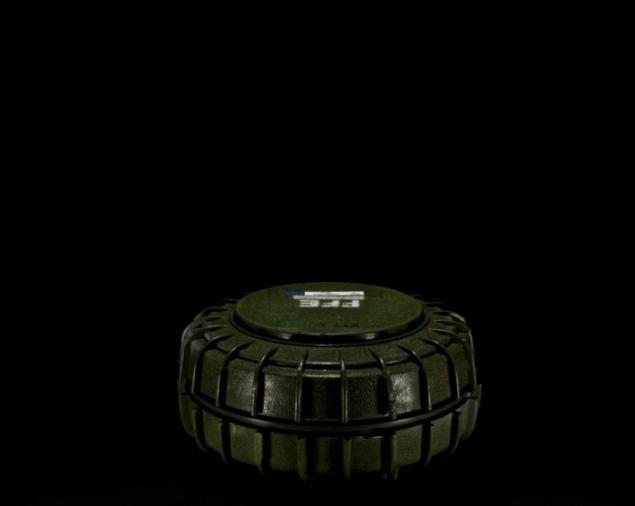
Anti-tank mine YM-II, copied from Italian landmine SB-81 with a minimal presence of metal
Developer Country: Iran (a copy of the Italian SB-81)
Apply in: Afghanistan and Iran
Weight: 3, 2 kg
Explosive: 2 kg
Diameter: 232 mm
Height: 90 mm
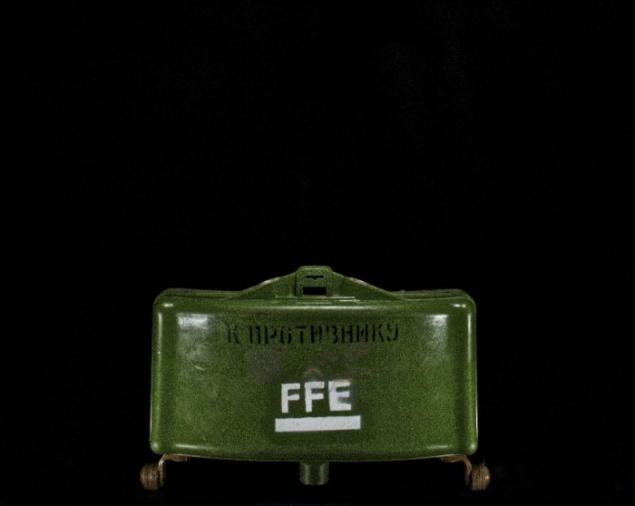
Mon-50 - directional anti-personnel mine. The number 50 indicates the damage radius in meters
Developer Country: USSR
It applies in: Afghanistan, Angola, Armenia, Azerbaijan, Cambodia, Chechnya, Ecuador, Eritrea, Ethiopia, Georgia, Lebanon, Mozambique, Nicaragua, Russia, Somalia, Tajikistan, Western Sahara, Zambia
Weight: 2 kg
Explosive: 700 g
Length: 226 mm
Height: 156 mm
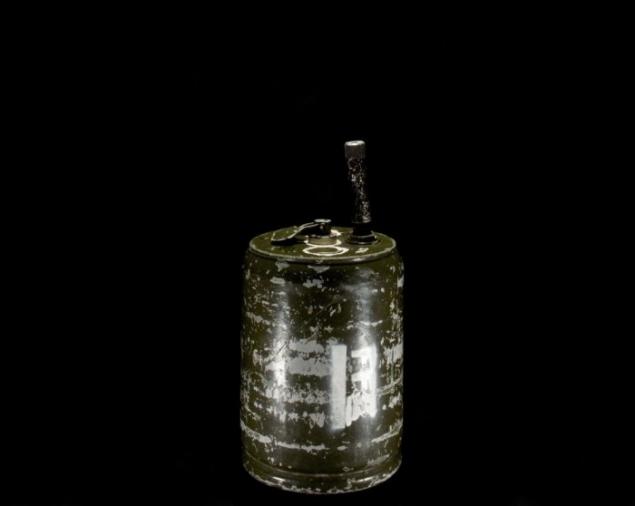
OZM-72 - Bounding Fragmentation antipersonnel mine circular lesions developed from the OZM-3 and 4 for greater efficiency and the radius of destruction
Developer Country: USSR
It applies in: Afghanistan, Angola, Armenia, Azerbaijan, Cambodia, Chechnya, Eriterii, Ethiopia, Georgia, Russia, Tajikistan, Zambia
Weight: 5 kg
Explosive: 500 g
Diameter: 106 mm
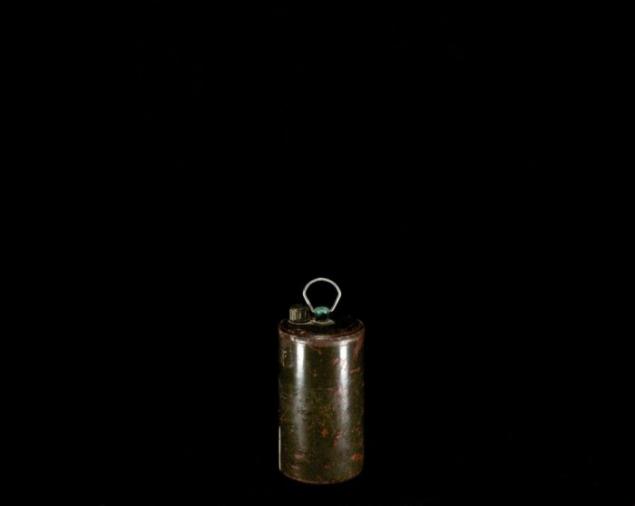
Type 69 - Bounding fragmentation mine developer Country: China
It applies in: Afghanistan, Cambodia, China, Somalia, Eritrea, Ethiopia, Sudan, Thailand, Uganda
Weight: 1, 35 kg
Explosive: 105 g
Diameter: 61 mm
Height: 114 mm
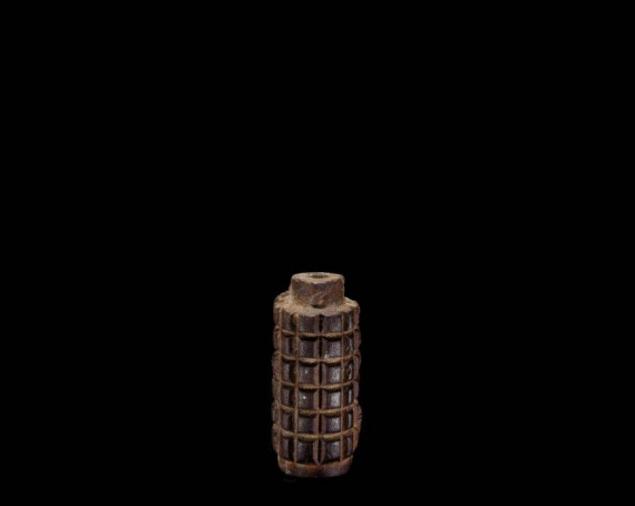
POMZ-2 (Anti-personnel fragmentation mine Barrages) - Soviet anti-personnel fragmentation mine tripwire
Developer Country: USSR
Used in: Africa, the Middle East and Southeast Asia
Weight: 2, 3 kg
Explosive: 75 g
Diameter: 60 mm
Height: 130 mm
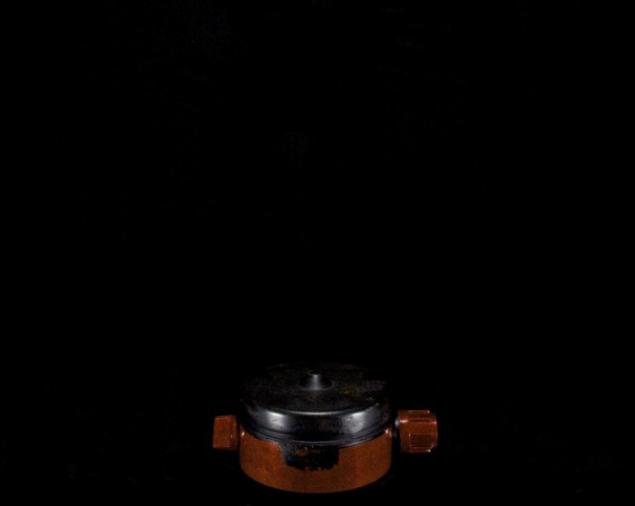
MS-3 - Blast discharge trap action, based on the anti-personnel mine PMN. Designed for use with the mine OZM-72 has the same diameter as to be ideally suited for hidden under ground mine
Developer Country: USSR
Weight: 630 g
Explosive: 310 g
Diameter: 112 mm
Height: 65 mm
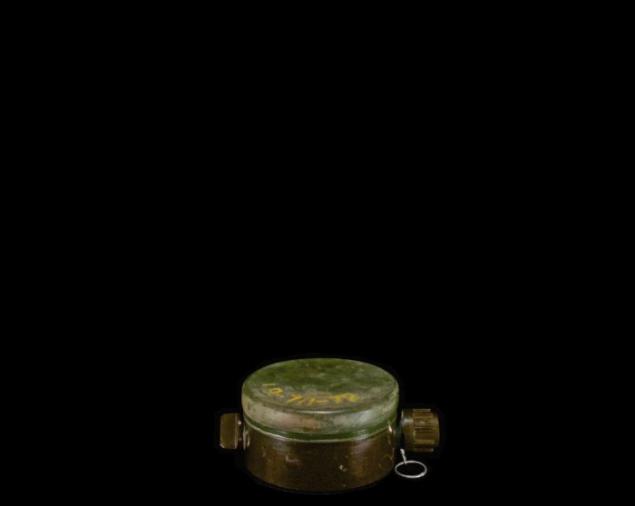
PMN antipersonnel mine
Developer Country: USSR
It applies in: Afghanistan, Angola, Armenia, Azerbaijan, Cambodia, Chad, Chechnya, Egypt, Eritrea, Ethiopia, Georgia, Guinea-Bissau, Honduras, Iraq, Kurdistan, Laos, Lebanon, Libya, Mauritania, Mozambique, Namibia, Nicaragua, Oman Rwanda, Somalia, Sudan, Tajikistan, Thailand, Uganda, Vietnam, Yemen
Weight: 550 g
Explosive: 240 g
Diameter: 112 mm
Height: 56 mm
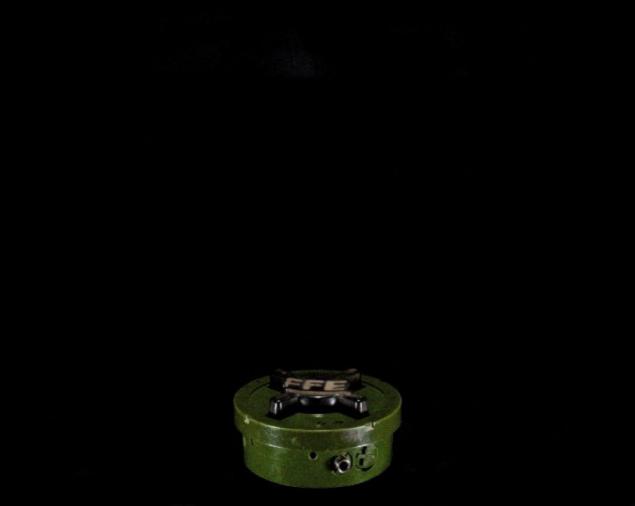
PMN2 - improved form PMN, established, in particular, to increase the resistance in the explosion
Developer Country: USSR
It applies in: Afghanistan, Armenia, Azerbaijan, Cambodia, Chechnya, Eritrea, Ethiopia, Georgia, Honduras, Lebanon, Mozambique, Nicaragua, Tajikistan, Thailand, Yemen
Weight: 450 g
Explosive: 110 g
Diameter: 115 mm
Height: 54 mm
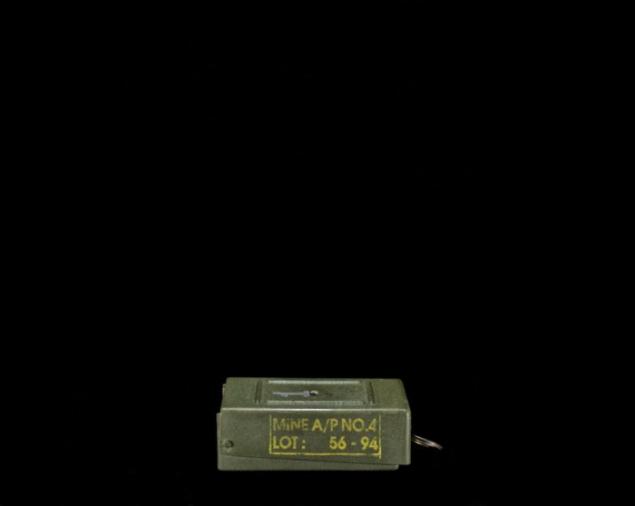
Iranian mine №4, sometimes known as the MK4 - antipersonnel mine discharge operations with plastic housing "box" type. Very similar to the Egyptian mine T / 78
Developer Country: Iran
Apply in: Afghanistan, Iran, Iraq and Sudan
Weight: 420 g
Explosive: 200 g
Length: 135 mm
Width: 65 mm
Height: 55 mm
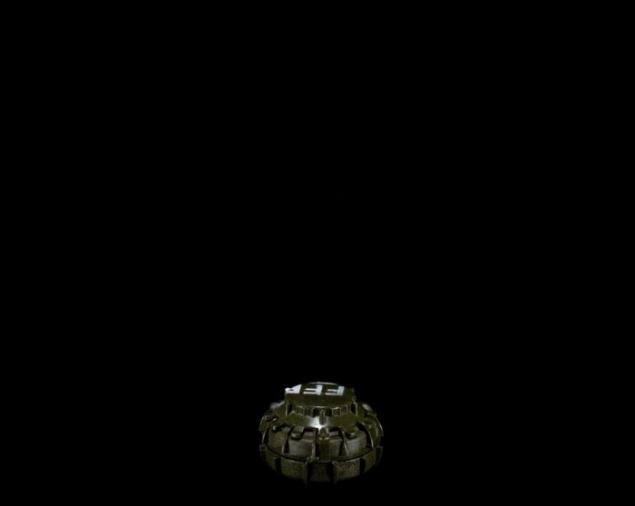
Anti-personnel mine YM-I
Developer Country: Iran (a copy of the Italian mines VS-50)
Weight: 185 g
Explosive: 50 g
Diameter: 90 mm
Height: 45 mm
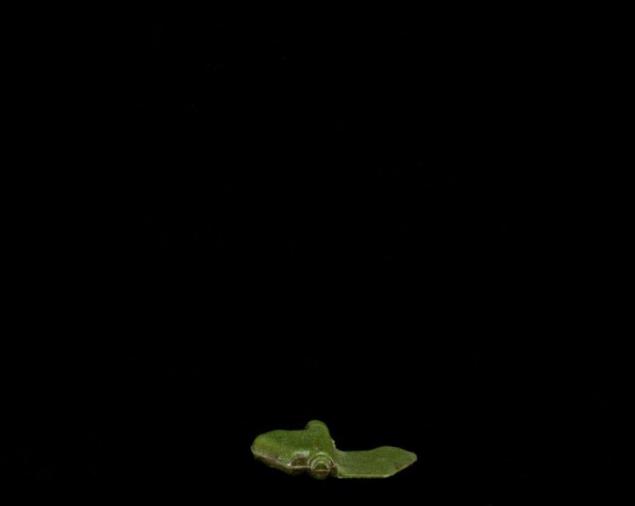
PFM - small antipersonnel blast mine with a plastic housing low-density
Developer Country: USSR
Apply in: Afghanistan, Chechnya
Weight: 75 g
Explosive: 37 g
Length: 120 mm
Height: 61 mm
Width: 20 mm

Anti-tank mine M19
Developer Country: United States
Apply in: Afghanistan, Angola, Chad, Chile, Cyprus, Iran, Iraq, Jordan, South Korea, Lebanon, Western Sahara, Zambia
Weight: 12 kg 56
Explosive: 9, 5 kg
Length: 332 mm
Width: 332 mm
Height: 94 mm.

Anti-tank mine TM-46
Developer Country: USSR
Used in: Africa, the Middle East and Southeast Asia
Weight: 8, 6 kg
Explosive: 5, 7 kg
Diameter: 305 mm
Height: 108 mm

Anti-tank mine TC / 6 with a minimum of metal
Developer Country: Italy
It applies in: Afghanistan, Chad, Ecuador, Lebanon, Tajikistan
Weight: 9, 6 kg
Explosives: 6 kg
Diameter: 270 mm
Height: 185 mm

Non-metallic anti-personnel mine YM-III. The body is completely non-metallic mines, metal components are present only in the fuse
Developer Country: Iran (a copy of the Chinese Type 72 mines)
It applies in: Afghanistan, Bosnia and Croatia. Iran, Iraq
Weight: 7 kg
Explosive: 5, 7 kg
Diameter: 270 mm
Height: 110 mm

Anti-tank mine YM-II, copied from Italian landmine SB-81 with a minimal presence of metal
Developer Country: Iran (a copy of the Italian SB-81)
Apply in: Afghanistan and Iran
Weight: 3, 2 kg
Explosive: 2 kg
Diameter: 232 mm
Height: 90 mm

Mon-50 - directional anti-personnel mine. The number 50 indicates the damage radius in meters
Developer Country: USSR
It applies in: Afghanistan, Angola, Armenia, Azerbaijan, Cambodia, Chechnya, Ecuador, Eritrea, Ethiopia, Georgia, Lebanon, Mozambique, Nicaragua, Russia, Somalia, Tajikistan, Western Sahara, Zambia
Weight: 2 kg
Explosive: 700 g
Length: 226 mm
Height: 156 mm

OZM-72 - Bounding Fragmentation antipersonnel mine circular lesions developed from the OZM-3 and 4 for greater efficiency and the radius of destruction
Developer Country: USSR
It applies in: Afghanistan, Angola, Armenia, Azerbaijan, Cambodia, Chechnya, Eriterii, Ethiopia, Georgia, Russia, Tajikistan, Zambia
Weight: 5 kg
Explosive: 500 g
Diameter: 106 mm

Type 69 - Bounding fragmentation mine developer Country: China
It applies in: Afghanistan, Cambodia, China, Somalia, Eritrea, Ethiopia, Sudan, Thailand, Uganda
Weight: 1, 35 kg
Explosive: 105 g
Diameter: 61 mm
Height: 114 mm

POMZ-2 (Anti-personnel fragmentation mine Barrages) - Soviet anti-personnel fragmentation mine tripwire
Developer Country: USSR
Used in: Africa, the Middle East and Southeast Asia
Weight: 2, 3 kg
Explosive: 75 g
Diameter: 60 mm
Height: 130 mm

MS-3 - Blast discharge trap action, based on the anti-personnel mine PMN. Designed for use with the mine OZM-72 has the same diameter as to be ideally suited for hidden under ground mine
Developer Country: USSR
Weight: 630 g
Explosive: 310 g
Diameter: 112 mm
Height: 65 mm

PMN antipersonnel mine
Developer Country: USSR
It applies in: Afghanistan, Angola, Armenia, Azerbaijan, Cambodia, Chad, Chechnya, Egypt, Eritrea, Ethiopia, Georgia, Guinea-Bissau, Honduras, Iraq, Kurdistan, Laos, Lebanon, Libya, Mauritania, Mozambique, Namibia, Nicaragua, Oman Rwanda, Somalia, Sudan, Tajikistan, Thailand, Uganda, Vietnam, Yemen
Weight: 550 g
Explosive: 240 g
Diameter: 112 mm
Height: 56 mm

PMN2 - improved form PMN, established, in particular, to increase the resistance in the explosion
Developer Country: USSR
It applies in: Afghanistan, Armenia, Azerbaijan, Cambodia, Chechnya, Eritrea, Ethiopia, Georgia, Honduras, Lebanon, Mozambique, Nicaragua, Tajikistan, Thailand, Yemen
Weight: 450 g
Explosive: 110 g
Diameter: 115 mm
Height: 54 mm

Iranian mine №4, sometimes known as the MK4 - antipersonnel mine discharge operations with plastic housing "box" type. Very similar to the Egyptian mine T / 78
Developer Country: Iran
Apply in: Afghanistan, Iran, Iraq and Sudan
Weight: 420 g
Explosive: 200 g
Length: 135 mm
Width: 65 mm
Height: 55 mm

Anti-personnel mine YM-I
Developer Country: Iran (a copy of the Italian mines VS-50)
Weight: 185 g
Explosive: 50 g
Diameter: 90 mm
Height: 45 mm

PFM - small antipersonnel blast mine with a plastic housing low-density
Developer Country: USSR
Apply in: Afghanistan, Chechnya
Weight: 75 g
Explosive: 37 g
Length: 120 mm
Height: 61 mm
Width: 20 mm

